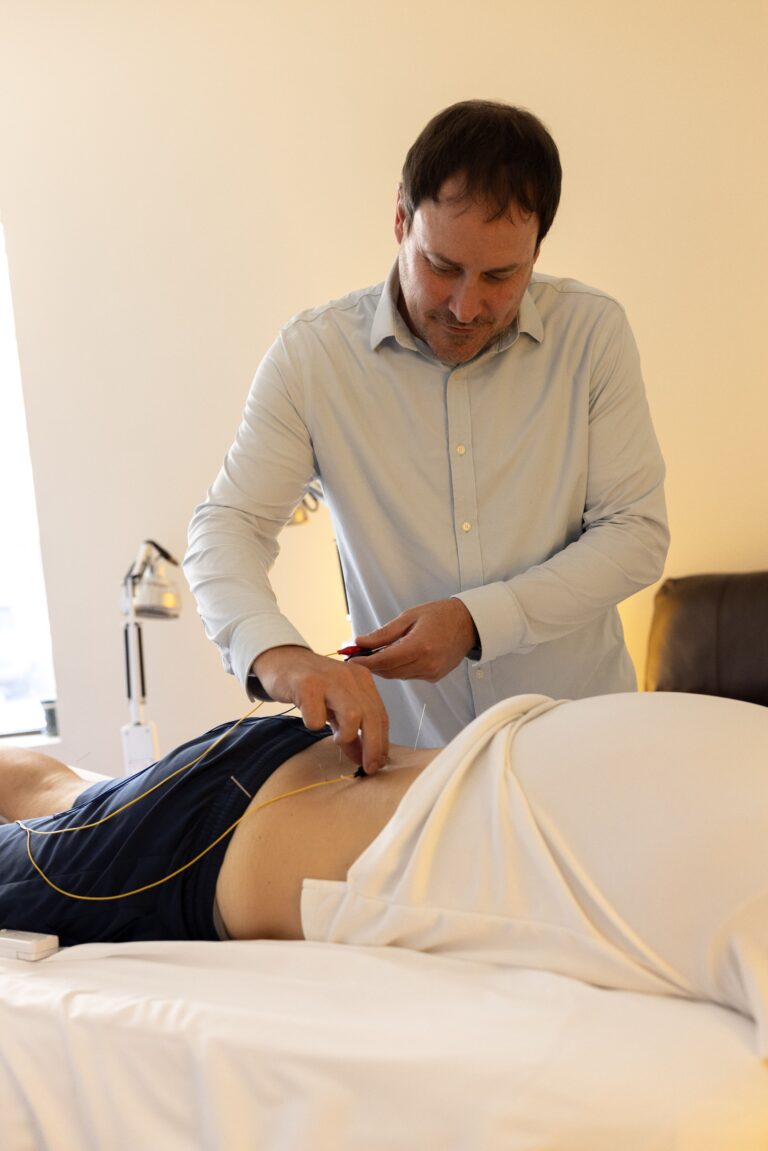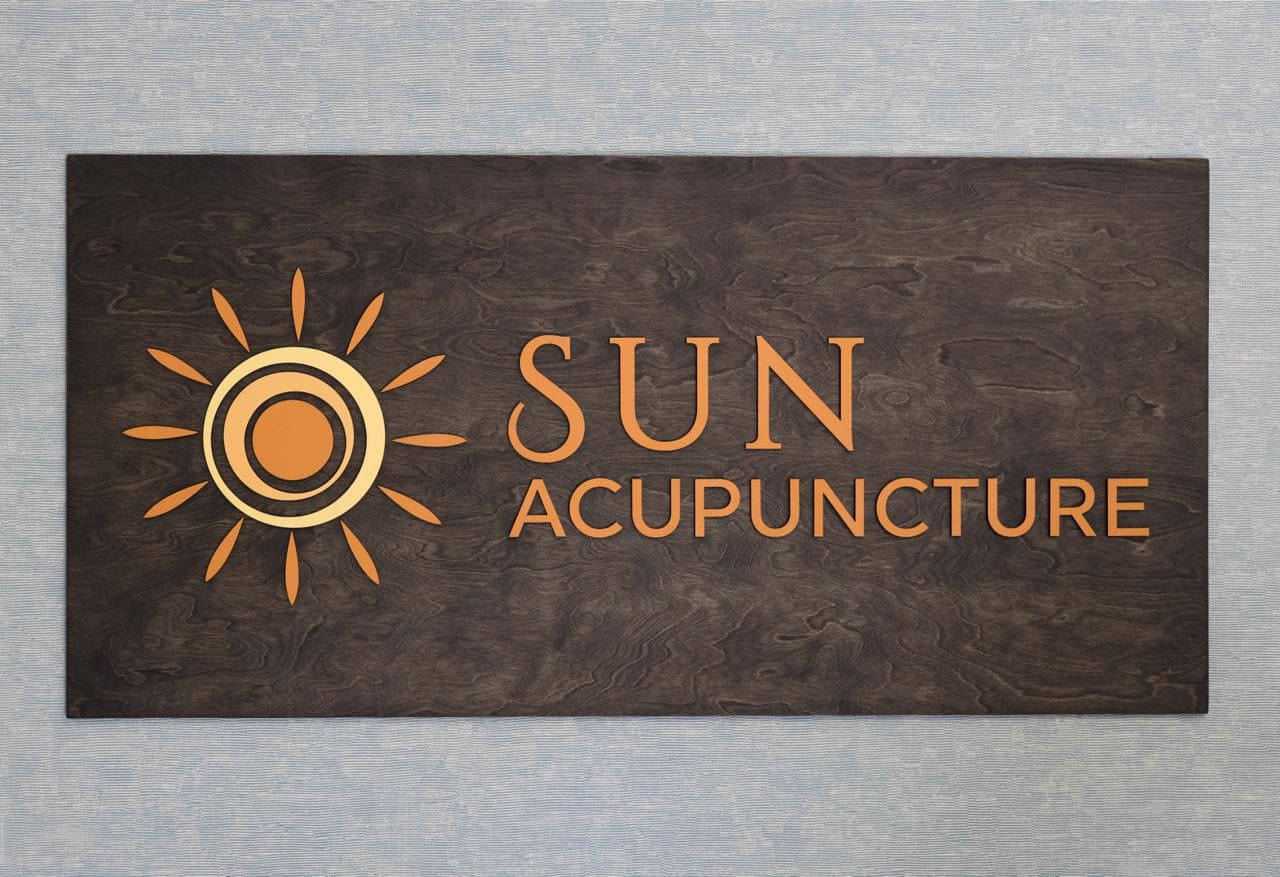Benefits of Acupuncture: What science reveals about this healing practice
Acupuncture, an ancient healing art rooted in Traditional Chinese Medicine, has been practiced for thousands of years to restore and maintain health. Its central principle involves the gentle insertion of fine, sterile needles into specific points on
the body to rebalance the flow of vital energy, or “qi”.
It offers a holistic approach that treats not just symptoms, but the entire person, aiming to stimulate the body’s natural self-healing abilities and promote overall wellness.
The growing acceptance of acupuncture is backed by a mounting body of scientific evidence and clinical research. Numerous studies validate what practitioners have known for centuries: it is a powerful tool for managing a wide array of health issues.
Benefits of Acupuncture
Acupuncture offers a non-pharmacologic option that can be added to standard care to help people move with less discomfort and do more of what matters day to day. According to the American College of Physicians and the VA/DoD, acupuncture is included among evidence-based non-drug therapies in U.S. clinical guidance.
Helps many people feel calmer and more balanced
During a session, most people report sensations like warmth, heaviness, or a pleasant dull ache—and many leave feeling relaxed. U.S. overviews describe how gentle stimulation of nerves, muscles, and connective tissue may help modulate the stress response.
Supports quality of life and comfort around medical care
Some patients use acupuncture to ease unpleasant symptoms that can accompany medical treatments and recovery (for example, treatment-related queasiness or general fatigue), as part of a coordinated plan with their clinicians. According with National Cancer Institute (PDQ), acupuncture is used as supportive care to help patients feel and function better during treatment.
Generally safe when properly delivered
in the U.S., acupuncture needles are single-use and sterile and are regulated as medical devices by the Food and Drug Administration. Independent reviews note that serious complications are rare when treatment is performed by a qualified practitioner.
Fits well in a multimodal plan
Acupuncture can be combined with exercise therapy, education, stress-management strategies, and other clinician-directed care. U.S. guidelines explicitly position it within broader, stepwise programs rather than as a stand-alone fix.
Practical expectations
Benefits tend to be modest to moderate and build cumulatively over several sessions; the plan is individualized (often 1–2 visits per week at first), with progress tracked by simple, meaningful measures (comfort, sleep, daily activity).
- Also see: What Conditions Does Acupuncture Treat?
What Does an Acupuncturist Do?
1) Intake & safety screen
Your first visit begins with a focused medical history (symptoms, goals, medications, red flags such as pregnancy, bleeding risk, or implanted devices). You’ll discuss whether acupuncture is appropriate as part of care. According to the National Center for Complementary and Integrative Health, most U.S. states license acupuncturists; training and scope vary by state, so ask about licensure and experience with your condition.
2) Exam & treatment plan
The practitioner explains the approach, which points or regions will be used, and the expected frequency/duration. You’ll agree on clear, measurable targets (e.g., pain/function).
3) During the session (what it feels like)
Hair-thin needles are placed for 15–45 minutes. People commonly report a dull ache, tingling, warmth, or a heavy sensation rather than sharp pain; brief soreness can occur.
4) Adjunct techniques (when appropriate)
Depending on your case, the practitioner may use acupressure, cupping, or other manual techniques to complement needling. These choices are individualized and will be explained before use.
5) Aftercare & follow-up
You’ll review how you felt during/after the session, note any transient effects, and set a follow-up plan. Because acupuncture is typically part of multimodal care, your acupuncturist may coordinate with your clinician or physical therapist. For low back pain, for example, U.S. guidelines place acupuncture among non-drug options.


What Does Acupuncture Feel Like?
Acupuncture uses hair-thin, single-use, sterile needles placed at specific points. Most people feel pressure, warmth, tingling, or a dull, heavy ache rather than sharp pain; some describe a sense of calm or gentle energy during or after a session. Source: NCCIH – Acupuncture: What You Need to Know
Normal vs. “tell your practitioner” sensations
- Typical/OK: brief pinch on insertion, mild ache or heaviness around a point, fleeting warmth or tingling, slight soreness afterward.
- Tell your practitioner: sharp or burning pain that doesn’t ease with adjustment, persistent dizziness, or significant bleeding/bruising. These are uncommon when treatment is performed correctly. Source: NCCIH – Effectiveness & Safety
What Results to Expect and How Many Sessions

Most patients experience the benefits of acupuncture gradually, with noticeable improvements accumulating over several sessions. Results vary depending on factors such as the specific condition being treated, overall health, and whether acupuncture is combined with other therapies like exercise, stress management, or patient education.
According to national guidelines, acupuncture is recommended as part of a multimodal, non-drug approach to managing conditions such as chronic low back pain, osteoarthritis, and other acute or chronic health concerns. By supporting the body’s natural healing process, acupuncture offers a safe, holistic option for reducing pain, improving mobility, and enhancing overall well-being.

